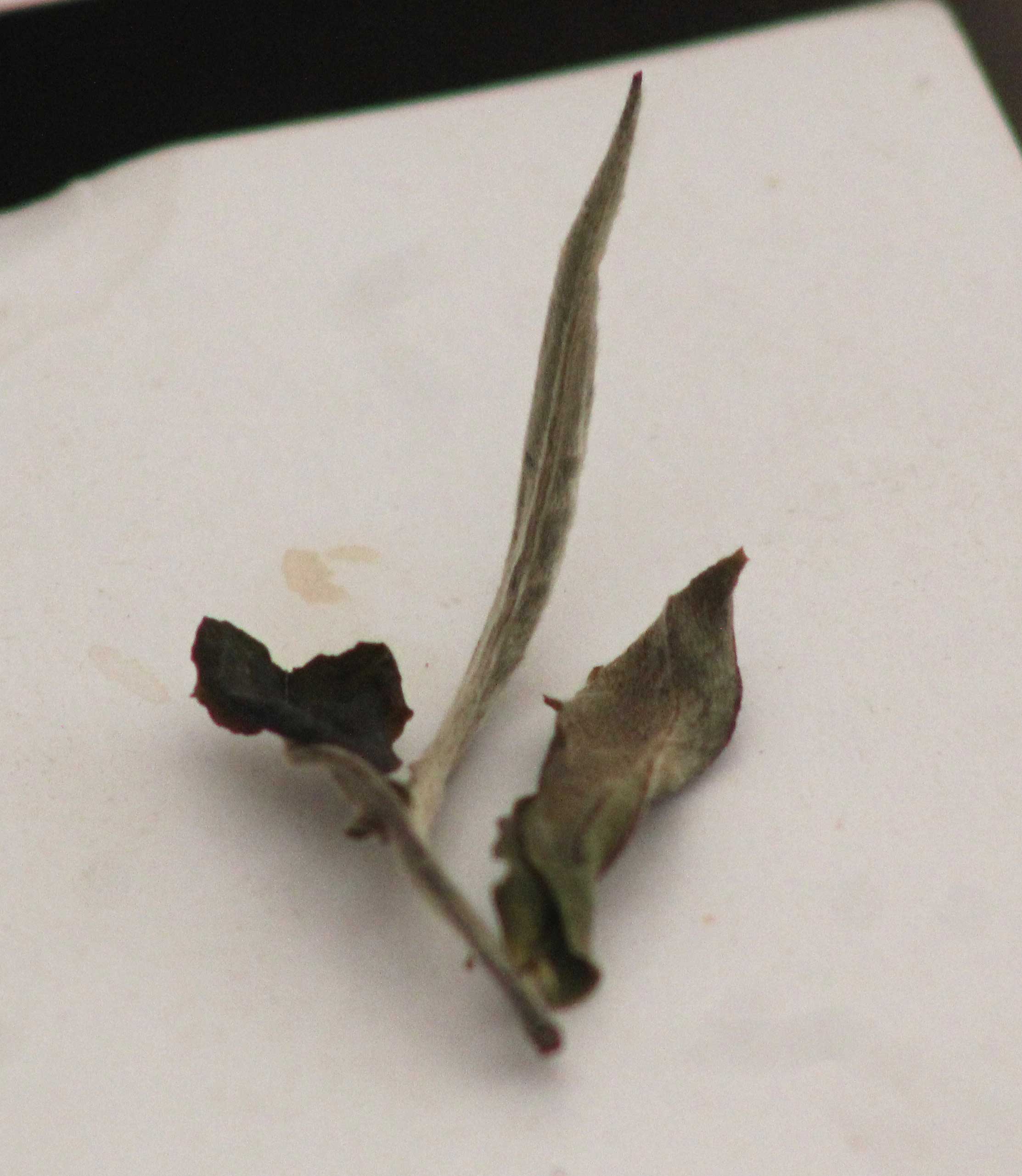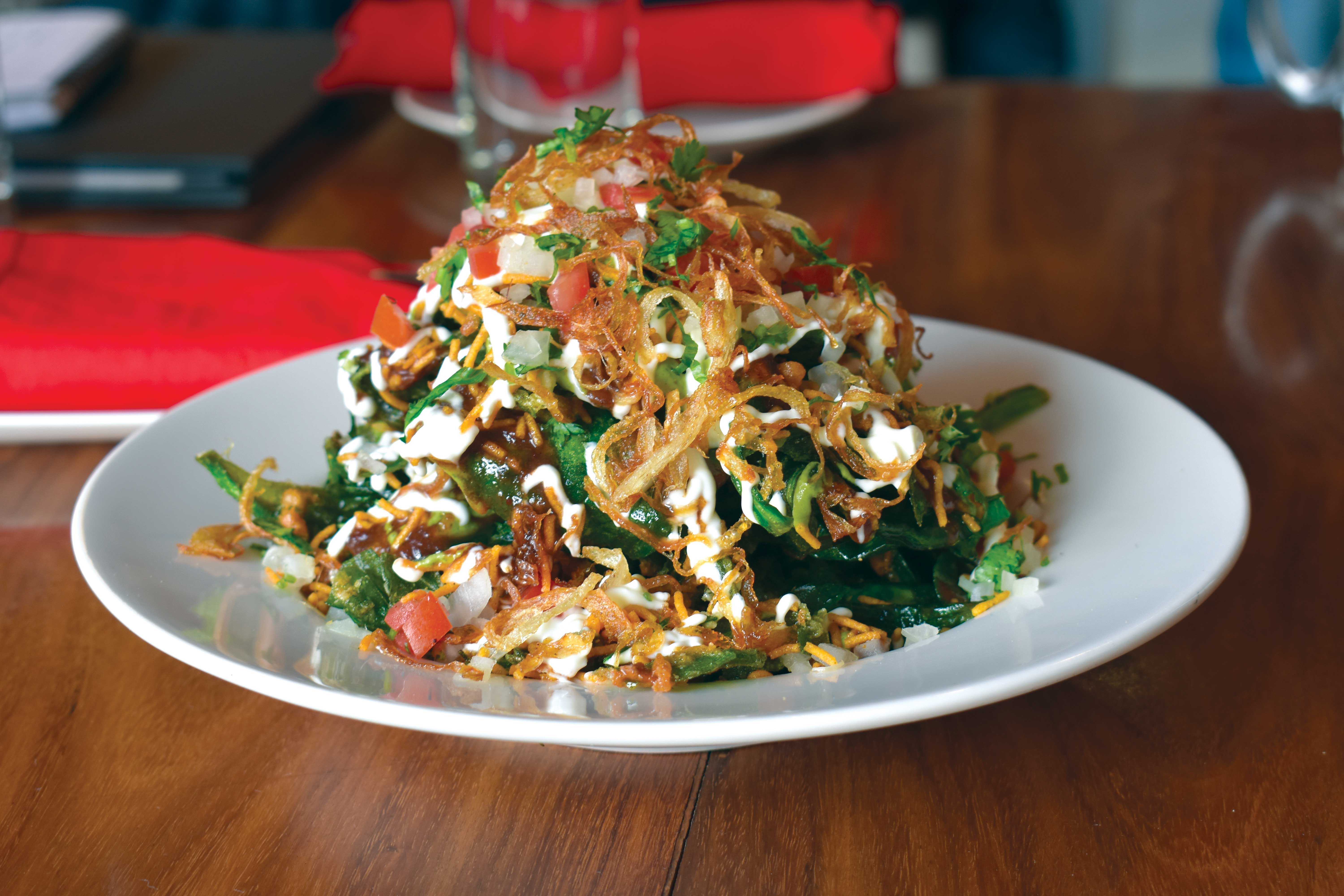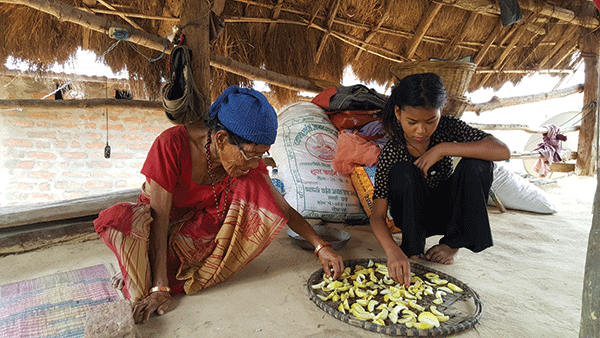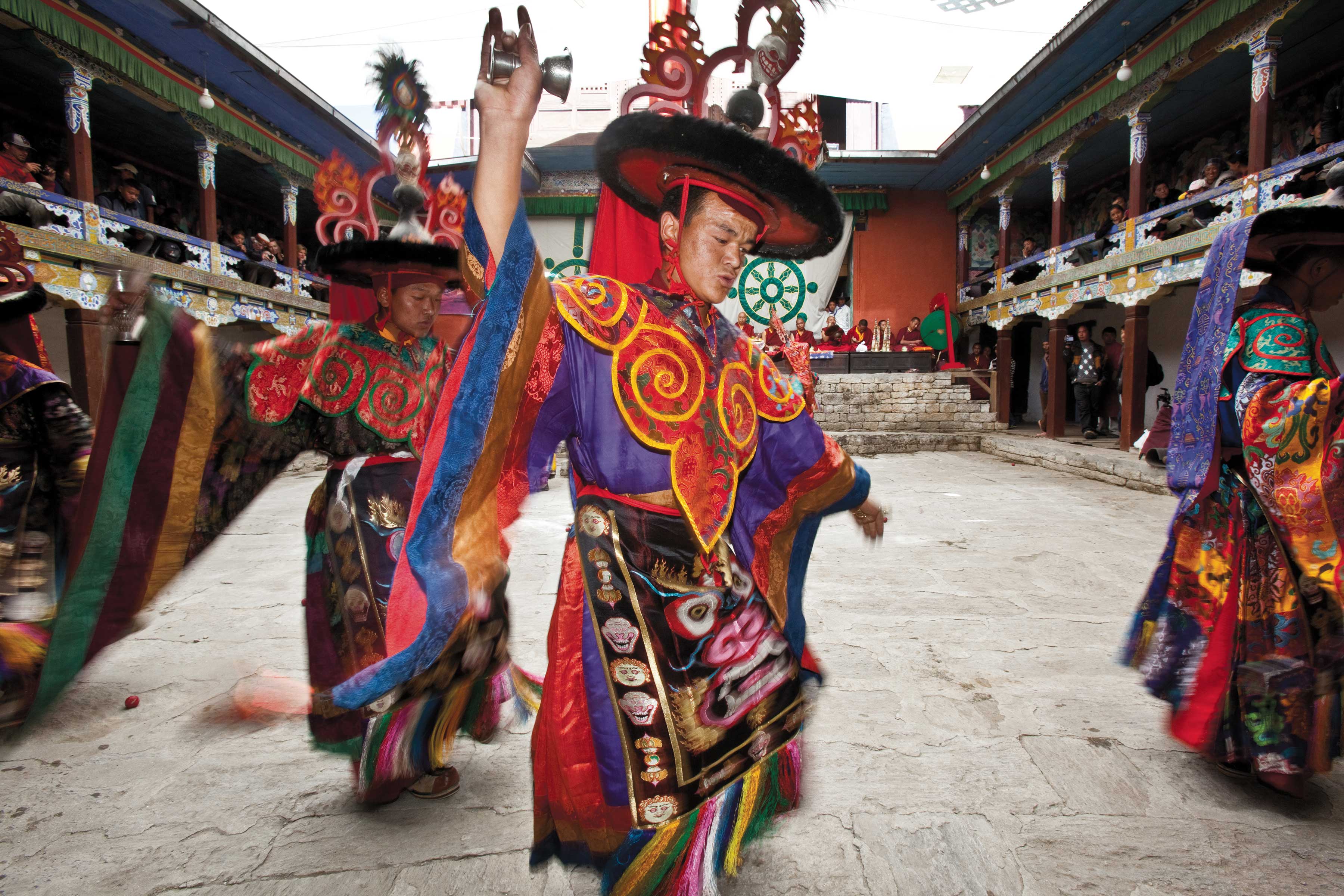A little visited region in Eastern Nepal filled with fascinating sights and kind-hearted people.
Many parts of Nepal are still unexplored and unknown to the outer world. Despite being frequented by locals during certain festivals, they remain unknown and inaccessible to the rest of the world the rest of the time. One such place is Mangmalung in eastern Nepal.
While it takes only around three hours to drive to Mangmalung from Damak (Jhapa district) during the dry season, you’ll need to walk for at least two days from Damak to reach here during the rainy season. My friend DilliRai and I chose the latter option, as we set off from Damak on the day of Tika during the Dashain festival. It was drizzling the whole morning, so we bought few meters of plastic sheeting, and converted it into makeshift raincoats to save our laptops and cameras from the rain.
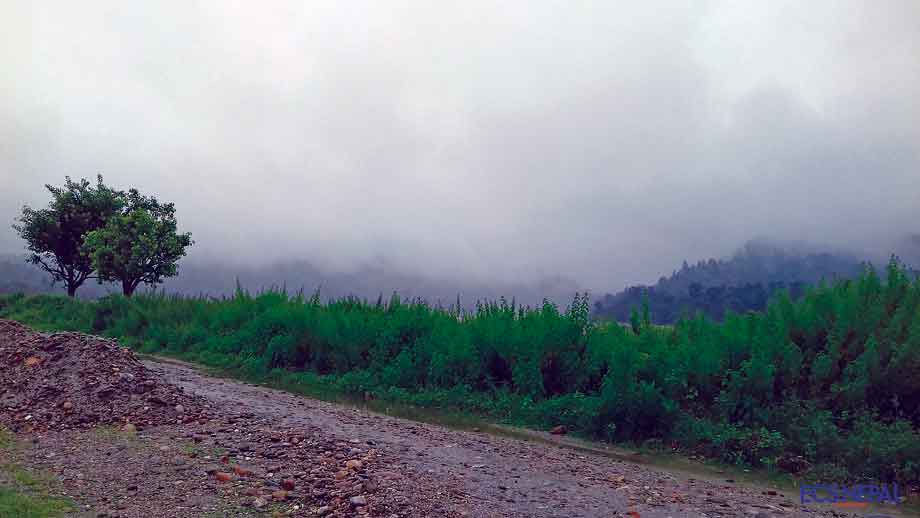
From Damak to Beldangi, the Bhutanese refugee camp,was the easiest part of the journey, since we rode a battery-powered tuktuk. From there, we started on foot and walked the whole day, braving the rain, landslides, and flash floods on the way. It took us an hour to reach Chapeti, where we crossed the Ratuwa Khola.
After three hours of continuous walking in the incessant rain, we arrived at an eatery in Singphere, run by a Limbu lady from Kurumba. She offered us hot coffee and noodle soup, and while parting, refused to take the payment. The kind gesture is rare in the cities these days, however, it is still common in rural areas. The Limbu women treat visitors from their maternal place as special guests, and my trek mate hailed from the same place as the lady’s maternal house.
We then passed through gorges, with hills on both sides covered with moss and water dropping from the top. It felt like some rain forest adventure. After crossing the same river, for what felt like more than a hundred times, we started climbing a hillock. Trekking uphill for almost an hour, we reached Larumba, and a scenic landscape was before our eyes. Larumba is dominantly inhabited by the Limbus, and the area is famous for its black gram, called maas, in Nepali.
Then we came across a fresh landslide on the way. The mud and stones were still flowing down with the landslide. We were afraid of the sight, but when we saw two girls crossing the section, we followed them. They were busy washing their feet in a stream after crossing the section, and asked us where we were headed to. We said, "Panchami." "Oh, it's still five hours away," they said.
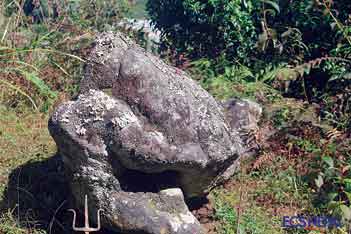
The clock struck seven in the evening when we reached Banjho. Only a few minutes ago, I had fallen asleep near a graveyard, and woke up only when my friend called me from uphill. I dragged myself up to the main road. But I could not walk further. It had been ten hours, and we had stopped only at some places for a few minutes each. We decided to ask for shelter, and the house owners kindly offered us free food and stay. It was a good decision that we stayed; it rained cats and dogs just after we lay down on our beds!
Next morning, we started early, and passed through traditional houses, small tea-shops, and community forests. On the way, we came across fields of amriso. Ilam district in eastern Nepal is famous for five 'A’s'—aduwa (ginger), alainchi (cardamom), amriso (broom grass), aaloo (potato), and akbare (hot chilli).
Finally, after four hours’ walk,we were at Chitre, a small bazaar on the way to Panchami. We talked with local leaders who would accompany us to Mangmalung the next day. We stayed at Panchami bazaar, which was again an hour’s walk from Chitre. It was a stop-over for people traveling to Darjeeling, Sikkim, and Bhutan in the earlier days.
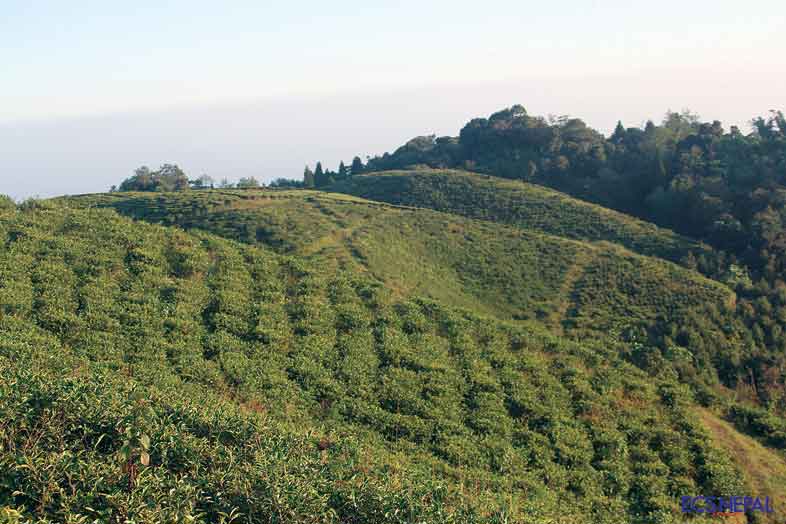
Next day, along with the local leaders and the main priest of the Mangmalung religious site, we headed to explore the area. This religious site, spreading over forty-five hectares, comprises of forest, caves, and huge stones of different shapes and forms. ‘Mangma’ means a lady shaman, and ‘lung’ means a stone in the Rai and Limbu languages. According to the caretaker priest Yahanchang Bhavendra Mampahang Rai, Guru Jyotinanda discovered, excavated, and identified the huge stones scattered here and there throughout the forest. Famed yogis and gurus like Falgunanda and Atmananda Lingden, among others,meditated in the caves scattered around in the forest.
“The area was a dense forest, and travelers had to pass through it on their journey to Darjeeling, Sikkim, and Bhutan,” said KiranRai, a local leader from Chitre. “According to legend, there lived a huge serpentine ghost in a pond that used to devour travelers, cattle, and the local people frequenting the area.”
To get rid of the ghost, the locals called a bijuwani, a lady shaman, who used a brass plate to foretell the existence of the ghost, and while doing so, the stone nearby got seven cracks. She was finally able to kill the serpentine ghost, which slithered down a hole to the current Ratuwa Khola before dying. People still believe the river got its name after it turned red from the blood of the serpent. And, Mangmalung got its name after this incident!
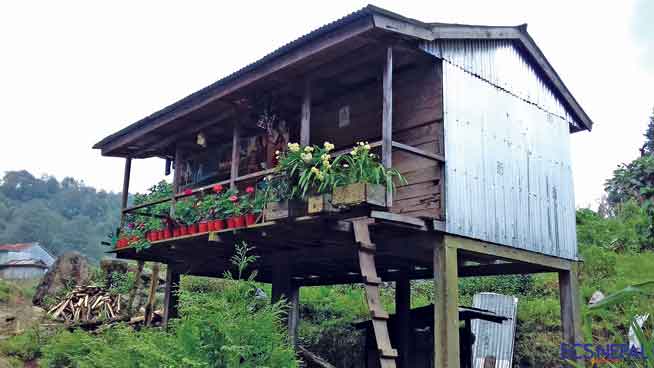
It took us almost a day inside the forest to visit each of the stones of different shapes and forms. Guru Bhavendra Rai was generous to talk about the importance of each stone relating to the incidents mentioned in Hindu scriptures. The most mysterious among them is a huge rock balanced on another rock, which moves easily even if you press its tip with your small finger. I tried it, and it started moving up and down. It has been there since many years, and nobody actually knows how it is balanced in such a way. People, in the past, tried to move this rock to another place, but none were successful in doing so.
We also ventured into two caves. At places, we had to crawl like crabs, and it was dark throughout, with only small openings for light and air. However, one needs to be aware of bats and snakes in these caves. Since there are numerous rocks bearing interesting structures resembling animals, snakes, birds, gods, and goddesses, you’ll need a local guide to learn more about the structures and the area.
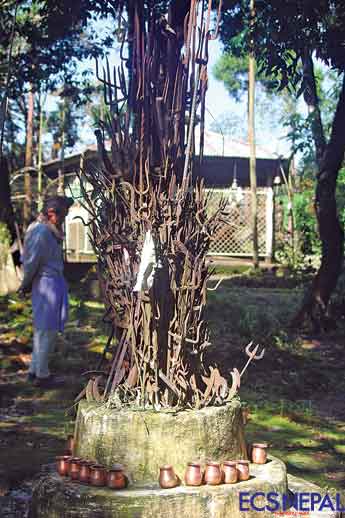
In the evening, we went to Mangmalung Tea Estate. The tea gardens offer a spectacular sight, and it’s different from other tea gardens in Ilam. And, if you stay till the sun sets, you’ll be able to see a breathtaking view!
So, when are you planning your trip to Mangmalung?


